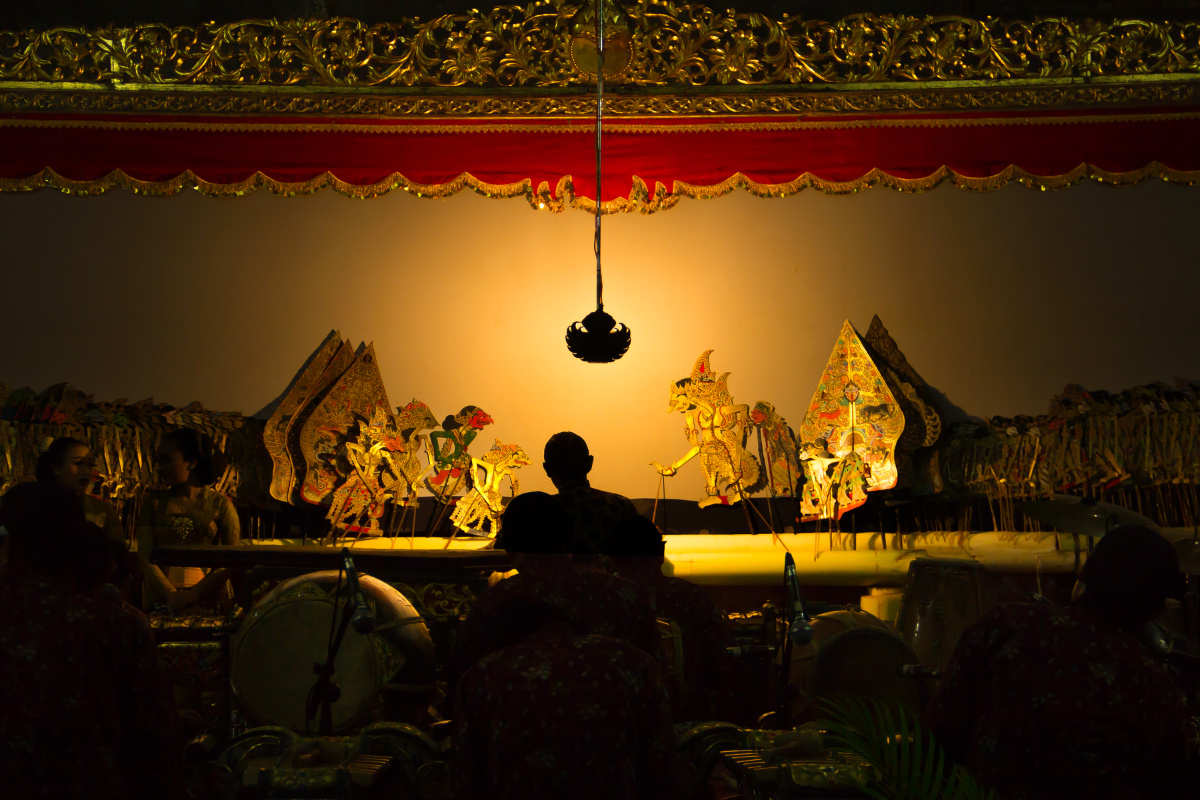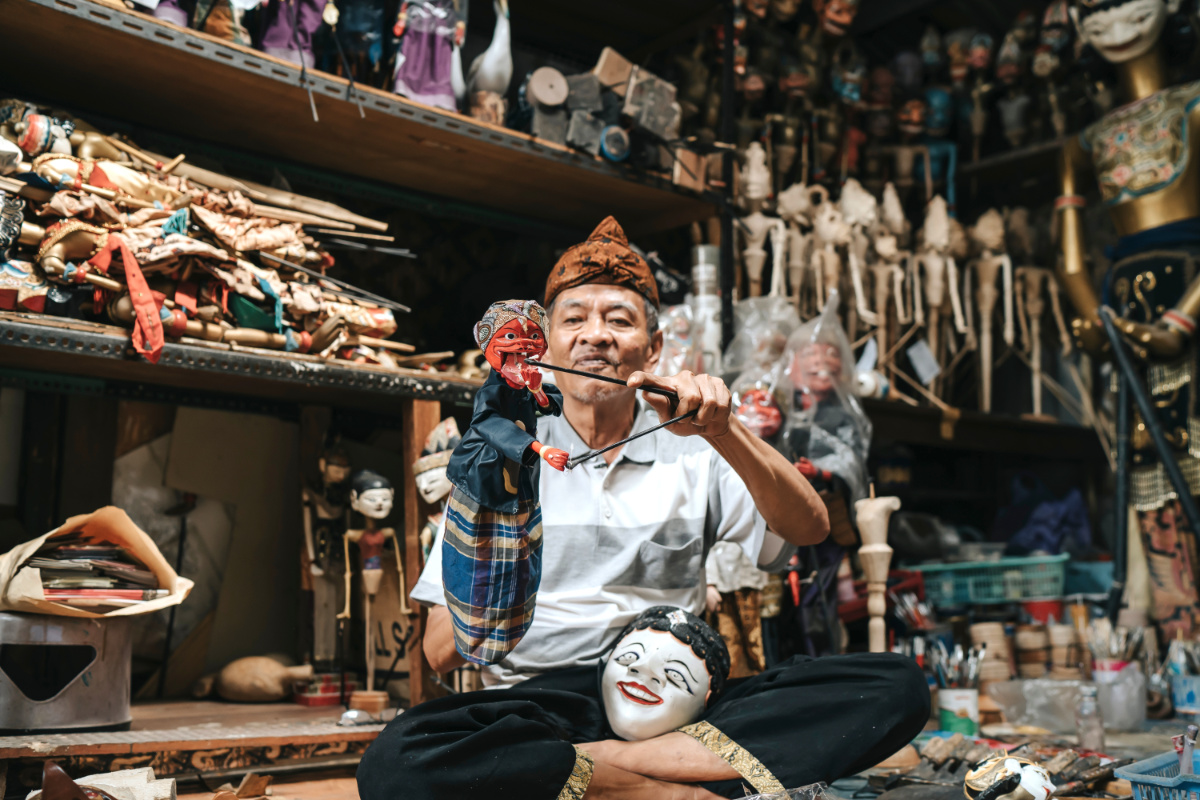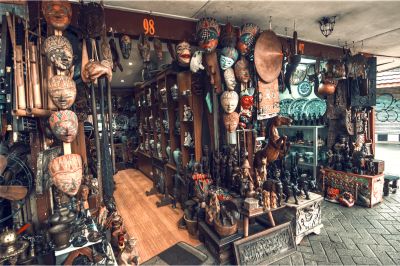
Welcoming Wayang Day, Here Are Interesting Facts about Indonesian Wayang

Indonesia is rich in traditional cultural arts that can amaze anyone who witnesses them, including the art of wayang performance. Wayang is one of Indonesia's traditional performing arts, which has gone global.
The popularity of Indonesian wayang is more than just a traditional performing art often performed at various formal and informal events. But it has also become one of the subject matter and majors at several universities at home and abroad. This opportunity is a medium for preserving and introducing the wayang culture in Indonesia more widely.
In welcoming National Puppet Day, commemorated every November 7, Sobat Parekraf can learn various interesting facts about Indonesian wayang performing arts. Remember, every region in Indonesia has multiple types of wayang, which are interesting to know.
For more details, here are the facts about the Indonesian wayang performing arts:
History of Puppetry
Wayang has existed in Indonesia for centuries. The word "wayang" comes from Javanese, which means "shadow". Philosophically, wayang is often interpreted as a shadow or reflection of human characteristics, such as anger, greed, stinginess, and wisdom. It is said that the stories and performances of wayang became a means of communication, education, and magical-religious (traditional myth) that people believed in.
 Photo: One of "wayang golek" craftsmen (Shutterstock/Febriandi Dimas Wara)
Photo: One of "wayang golek" craftsmen (Shutterstock/Febriandi Dimas Wara)
Types of Wayang in Indonesia
There are many types of wayang that Sobat Parekraf can find in Indonesia. Every kind of wayang in Indonesia has its characteristics. For example, shadow puppets are made of cow, buffalo, or goat skin. Shadow puppet performances are often part of traditional ceremonies.
Another example, "wayang geber" is one of Indonesia's oldest types of wayang. This wayang existed and developed before Islam entered the archipelago. There is "wayang golek", a type of wooden puppet.
Another type of wayang that is no less interesting is "wayang orang". As the name suggests, humans perform this wayang performance art directly. Usually, the wayang actors wear clothes, accessories, and make-up similar to puppet characters.
Shadow Puppetry Already Recognized by UNESCO
As Indonesians, we should be proud of Indonesia's diverse puppet culture. Not only it is widely known, but it turns out that the art of "wayang kulit" (shadow puppet) performance in Indonesia has been recognized by UNESCO as a Masterpiece of Oral and Intangible Heritage of Humanity or an amazing cultural work in the field of narrative stories and a beautiful and valuable cultural heritage in 2003.
Shadow Puppet Shows Abroad
Not only in Indonesia, the art of shadow puppetry has been recognized in various countries. The latest is the shadow puppet show "Tunggu Tunggorono," which amazed the audience in Berkeley, United States, in 2022. Gamelan Sari Laras, Heni Savitri, and Darsono Hadiraharjo accompanied the shadow puppet show.
An Indonesian shadow puppet show has also been performed in Evry City, France. Uniquely, the shadow puppet performance is presented in French. Previously, the Indonesian Embassy in Budapest, Hungary, exhibited shadow puppets at the International Shadow Puppet Festival in 2017.
Locations for Watching Puppet Shows
The art of wayang performance is often found on the islands of Java, such as Yogyakarta, Solo, Serang, Surabaya, Malang, and Banyuwangi. Usually, wayang performances are used as entertainment for cultural ceremonies, weddings, and festivals, which the public can see. However, it is possible to find shadow puppet performances in Bali and Kalimantan.
Those interesting facts about the Indonesian wayang performing arts make us even more proud, don't they, Sob?
Cover: Illustration of a puppeteer performing at a shadow puppet show (Shutterstock/Pepsco Studio)

Related News







